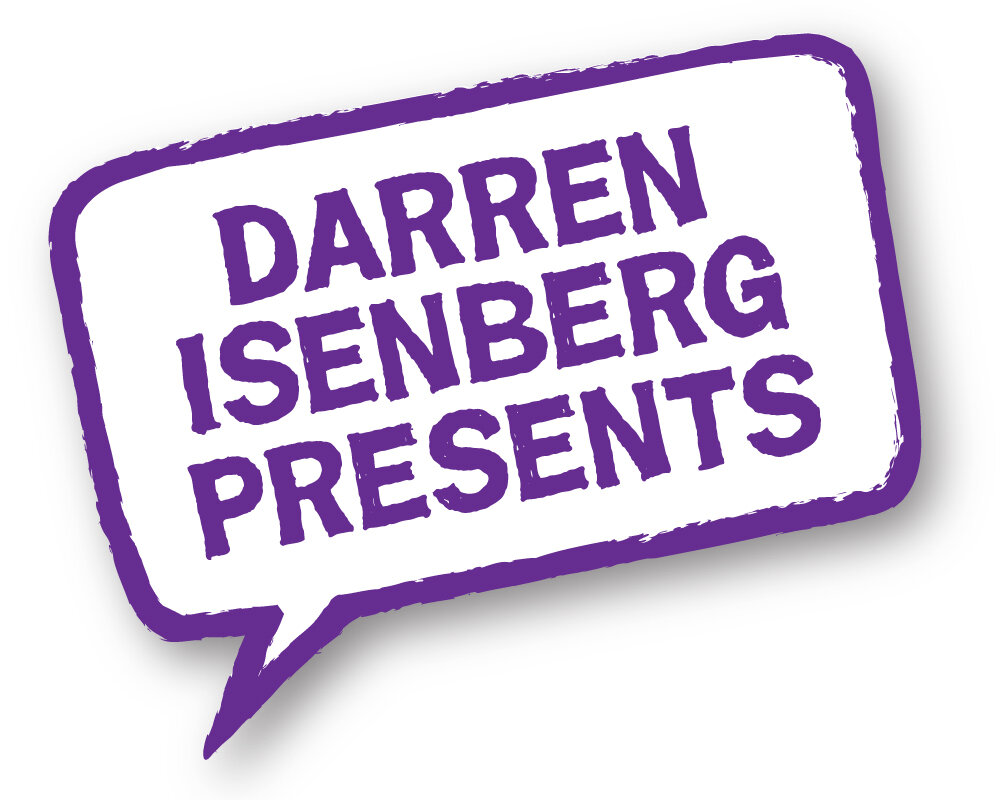As an MC and speaker, I rely on PCOs kindly recommending me to their clients to get work. Unfortunately, it is rare for it to work the other way around, as the PCO is always appointed to an event before someone like me is brought non board.
As a result, I do feel guilty that I don’t get to be as helpful to others in the industry as they are to me.
However, a couple of weeks ago, I was absolutely thrilled to have potentially played a role in providing work for someone who has been a generous provider of work to me.
I would like to share briefly how it happened … because one of the lessons I think that can be learned from it is that sharing positive news has the potential for wonderful (and sometimes surprising) flow-on effects.
So I wouldn’t be heeding my own lesson if I didn’t share this with you. So … here goes:
When the world turned negative last year, I made a decision to consciously try and promote positive things to the industry. To be a source of a smile now-and-then.
Hence my weekly Grin & Tonic reels (click on the link to the right to gain access to the entire collection) ……
… the short film I made with my kids about being an MC During Isolation (there’s a link to the right, if you’d like to see that)
… and my Positive Post e-newsletter.
With that in mind, a few weeks’ ago I gave a Shout-Out on LinkedIn to Ruth Hirst and the sensational staff at Synergy Effect, who run a mind-blowingly awesome virtual conference platform called e:volve (to see some of the amazing sets and capabilities, check out the highlights Synergy put together of an event I MC’d for them which used it by clicking here: https://youtu.be/FIkP_RBUmpE ).
I knew about e:volve because Ruth had asked me to MC some of the demonstration reels they were making (and I’m always happy to help PCOs out gratis for projects like that).
Anyway, my Shout-Out was seen by another wonderful PCO, who made contact with Ruth and there is now a strong possibility that they will be collaborating on a future project, using the e:volve system.
It was a wonderfully refreshing feeling to be facilitating a business opportunity for someone else, rather than being the one receiving the benefits.
So, what’s my point?
As I mentioned earlier, the side-effects of speaking positively about people in your network are unknown. They could be anything from inconsequential to quite significant. You NEVER know in advance.
But, if you are NOT spreading good vibes about others, you DEFINITELY know that there are no potential benefits.
So, let’s get to work helping each other get to work. Tell your network about the great services you’ve encountered within your network.
I can tell you from personal experience, it will not only make the people you’re talking about feel good … but you get a quality buzz from playing a role in other people’s successes.



















